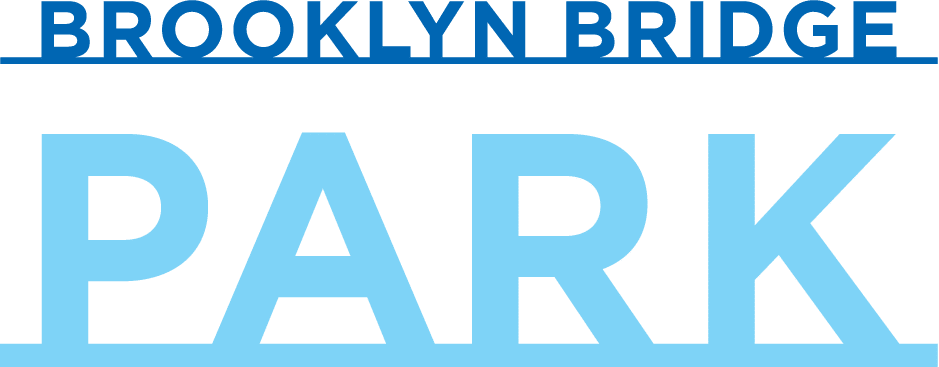Adrian Benepe has spent much of his life promoting the outdoors in New York City, from serving as a park ranger in the 1970s to becoming the parks commissioner some 30 years later. Still, he is stunned at what he has seen around town lately.
“I grew up in the parks,” said Mr. Benepe, now the president of Brooklyn Botanic Garden. “There were never red-tailed hawks or Peregrine falcons or bald eagles. You didn’t even see raccoons; there were pigeons and rats and squirrels, that was it. Now there are bald eagles all over the city. This winter they were in places you haven’t seen them in generations, and they were hunting in Prospect Park.”
Raptors are the tip of the iceberg.
There have been bats and endangered butterflies, wild and rare native bees; a coyote in Central Park; beavers, salamanders and leopard frogs in Staten Island; a bobcat, mink and several foxes in the Bronx, along with endangered alewife herring and American eels traversing fish ladders in the Bronx River while hungry osprey and egrets lurk nearby; large wild oysters and tiny sea horses at piers along the Hudson River; baby damselflies, the world’s most endangered sea turtles and a baby seal in Queens; and exotic insects not seen in decades in Brooklyn.
New York City is experiencing a surprising return of native wildlife, in numbers and diversity remarkable even to local ecologists and parks officials. “You are seeing miraculous occurrences of wildlife right in the middle of the city,” Mr. Benepe said.

[A red-tailed hawk and a very nervous squirrel in Central Park last winter. Dave Sanders, The New York Times]
It would be easy to surmise that nature blossomed and the creatures came out during New York City’s lockdown last year. But wildlife needs habitat, and the animals’ return, according to Kathryn Heintz, the executive director of the NYC Audubon Society, is because of the city’s 40-year effort to expand and clean up its parks, rivers, forests and wetlands. This has included planting more trees, wildflowers and grasses that are native to the area, banning pesticides in parks and spending billions on converting former landfills and industrial wastelands into nature sanctuaries.
New York is now “the greenest big city on earth,” Ms. Heintz said.
But while parks officials say they are excited by these ecological breakthroughs, many cite concerns about the city’s relatively low parks budget, which they say poses a threat to natural habitats because of deteriorated drainage systems and understaffed maintenance crews.
Funding is more critical than ever, said Ms. Heintz, Mr. Benepe and other officials.
Last month, the remnants of Hurricane Ida overwhelmed parts of the city, killing at least 13 New Yorkers. “Parks should operate as sponges, but instead they are seeing massive flooding,” said Adam Ganser, the executive director of the nonprofit New Yorkers for Parks.
Park funding has remained at 0.6 percent of the total budget for decades, while other cities spend 2 to 4 percent, Mr. Ganser said. Eric Adams, the Democratic mayoral candidate, has said he is committed to raising the budget to 1 percent, while Republican candidate Curtis Sliwa said in a debate earlier this month that he would raise it to 2 percent. Mr. Ganser said such a move would be transformative.
“New York City has done a really good job of reclaiming and building postindustrial habitats, and we have incredibly intact wetlands and grasslands,” said Rebecca McMackin, the director of horticulture at Brooklyn Bridge Park. “We need to protect them.” Under Ms. McMackin’s direction, the park, built on East River piers, is now home to a growing population of rare bees, moths, pollinating flies, butterflies and birds.
With enclaves such as these, the city now has 77,580 acres of green space, including wetlands, cemeteries, parks and forests, according to the Natural Areas Conservancy, a nonprofit formed under Mayor Mike Bloomberg’s administration in 2012. Some 30,000 acres are managed by the city, said Meghan Lalor, a spokeswoman for the New York City Department of Parks and Recreation. (Chicago has just 8,800 acres of green space; San Francisco, 5,810.)
For Sarah Charlop-Powers, the executive director of the conservancy, city wetlands and forests deserve prioritization, as their benefits extend beyond providing wildlife habitat. Wetlands play a crucial role in reducing flooding during major storms, she said, adding that the city has lost 85 percent of its salt marshes and streams, and 99 percent of its freshwater wetlands, since the 1600s.
“The longer we delay investment, the more likely we are to forever lose key areas and species,” she said. “I feel a real sense of urgency.”

[A bobcat and a mink were spotted recently along the Bronx River. Zack DeZon, The New York Times]
According to the city parks department, it has restored 148 of New York’s 5,650 acres of wetlands since 1993. But because of sea level rise and erosion, the city loses six acres a year, Ms. Charlop-Powers said. “We need to build marshes to keep up,” she said.
Stronger regulation to protect wetlands is needed, she said. Currently, a group of Staten Island residents is trying to stop an approved commercial development on a large wetland there that helped prevent flooding from Superstorm Sandy. The retail development was approved because the wetlands didn’t qualify for state protection.
Forests are another area of concern. Without more funding, they risk becoming “vinelands of tangled weeds,” Ms. Charlop-Powers said. “We are losing biodiversity, which means a decline in carbon stored, in localized cooling and storm water capture. Those things require active management.”
The city’s large forests are found in the Bronx, in Van Cortlandt Park and Pelham Bay Park — the latter is 2,700 acres including beaches, bike paths, grassland and wetland built partly on a capped landfill — and within the Greenbelt on Staten Island. There are many other stands of forests, though, like the old-growth canopy in Inwood Park in Manhattan, with tulip trees “as tall as skyscrapers,” said Jennifer Greenfeld, the assistant commissioner for forestry, horticulture and natural resources.
Another habitat, one threatened globally, also calls New York City home: grassland. A very large one sits on what used to be the largest landfill in the world, Fresh Kills, on Staten Island. The 2,200-acre preserve is still under construction but already features more than 200 species of birds and a thriving fox population. Once completed, it will be three times the size of Central Park.
“When you are there, it is amazing,” Ms. Heintz said. “You could be in Nebraska.”
Despite the concerns about funding and maintenance, the city’s web of new and restored parks and proliferation of green roofs work symbiotically to support wildlife, Ms. Charlop-Powers said.
Hudson River Park and Brooklyn Bridge Park are two such examples of parks that also serve as wildlife sanctuaries. Over the past month, their wildflower beds provided stopover spots for hundreds of endangered Monarch butterflies as they traveled from Canada to Mexico.

[This fall, monarch butterflies took refuge in the wildflowers of Brooklyn Bridge Park and Hudson River Park while traveling from Canada to Mexico. Park officials have been tagging them. Adrienne Grunwald, The New York Times]
This spring, a rare blueberry digger bee, seen only once in Brooklyn over the last few decades, was discovered on one of the native-to-New York blueberry bushes in Brooklyn Bridge Park; the bees have since multiplied. Ms. McMackin, the horticulture director there, is encouraging residents to plant the bushes on terraces and roofs and in yards in an effort to bring back the blueberry bee (and wild blueberries).
But even this progress, Ms. McMackin said, has been 40 years in the making. She credits the work of the city’s Greenbelt Native Plant Center, which opened in Staten Island in the 1980s to save and propagate hundreds of local seeds and plants, for providing the native flora essential to luring back wildlife. The center’s seeds are currently sprouting in Prospect Park and Central Park, and its native grasses have been used to restore dunes in the Rockaways, which are near nesting grounds for endangered shore birds.
“People see cities as degraded,” Ms. McMackin said. “But cities can provide refuge for animals that can’t survive in rural and suburban areas,” largely because of heavy pesticide use on suburban lawns and rural agricultural fields, she explained.
Mr. Benepe is excited by the animals’ return, but sees it as part of the planet’s evolution. “Wildlife has been forced, by loss of habitat, to adapt,” Mr. Benepe said.
He continued, “It’s as if wildlife has said, ‘You’ve taken away our habitat. OK, we’ll live in yours.’”

